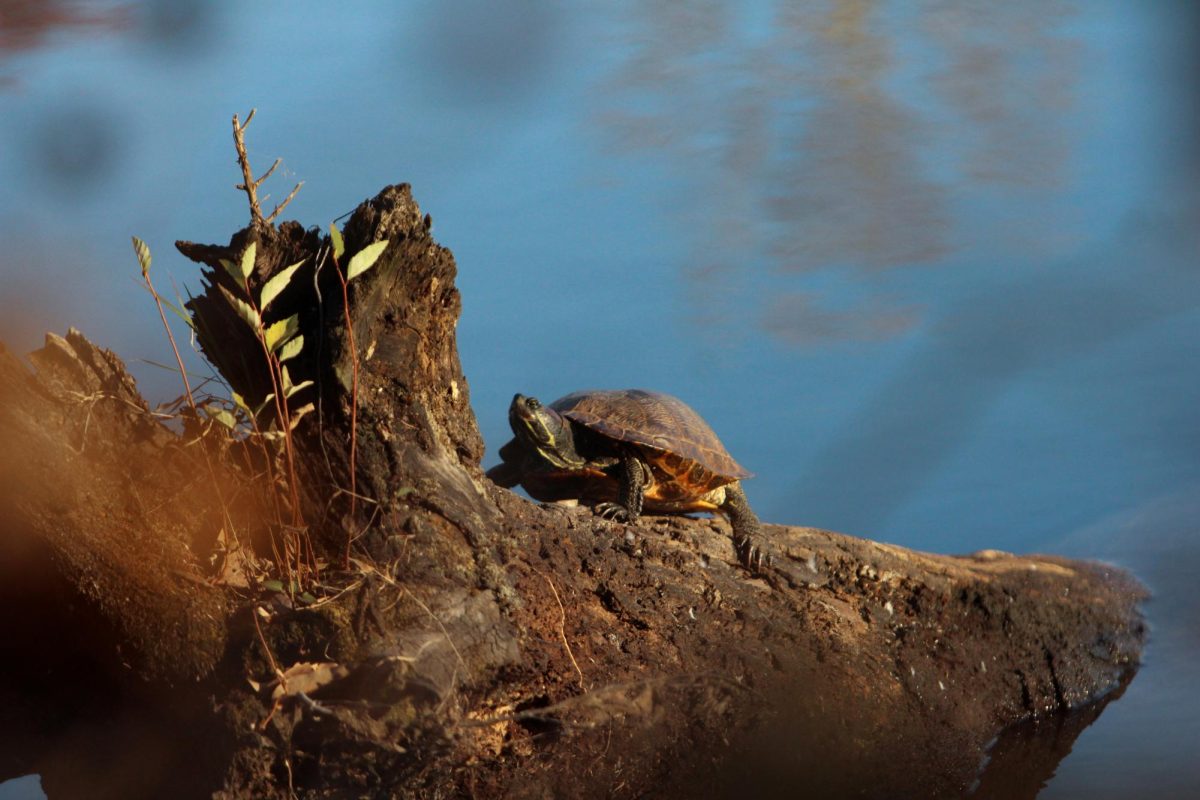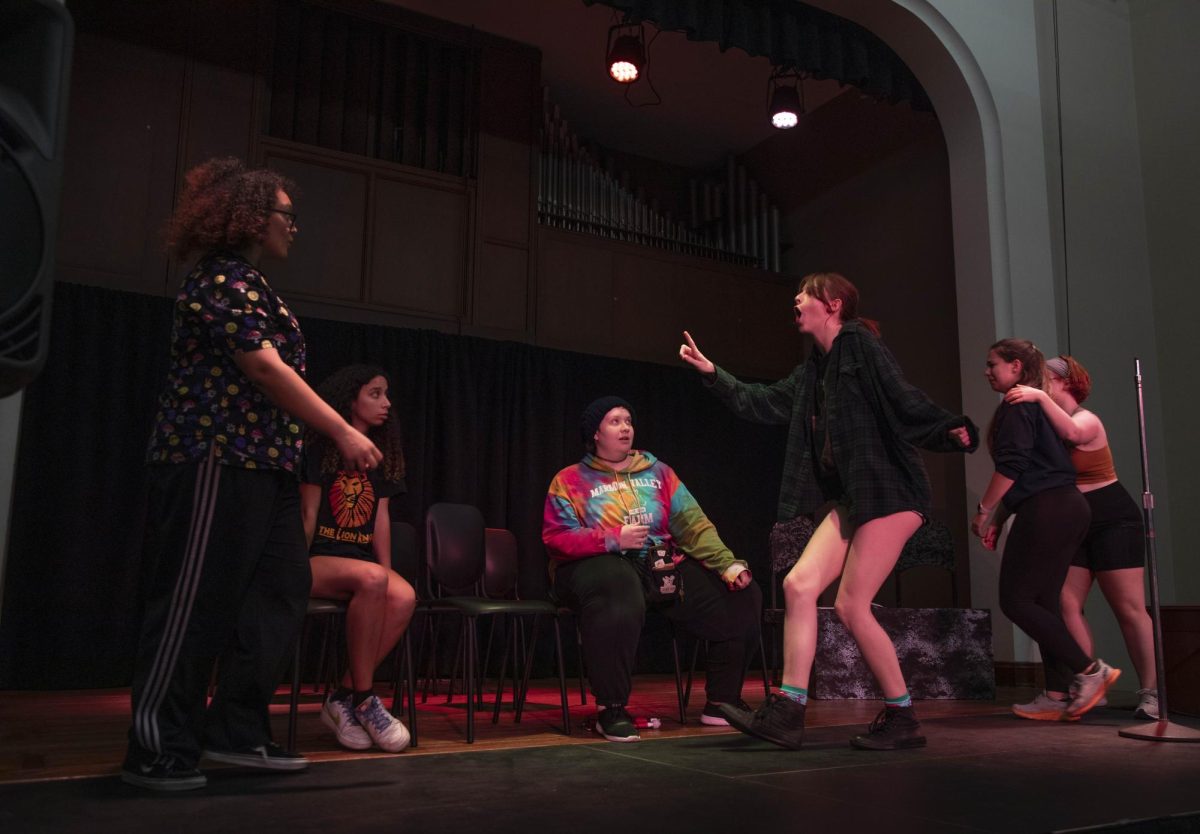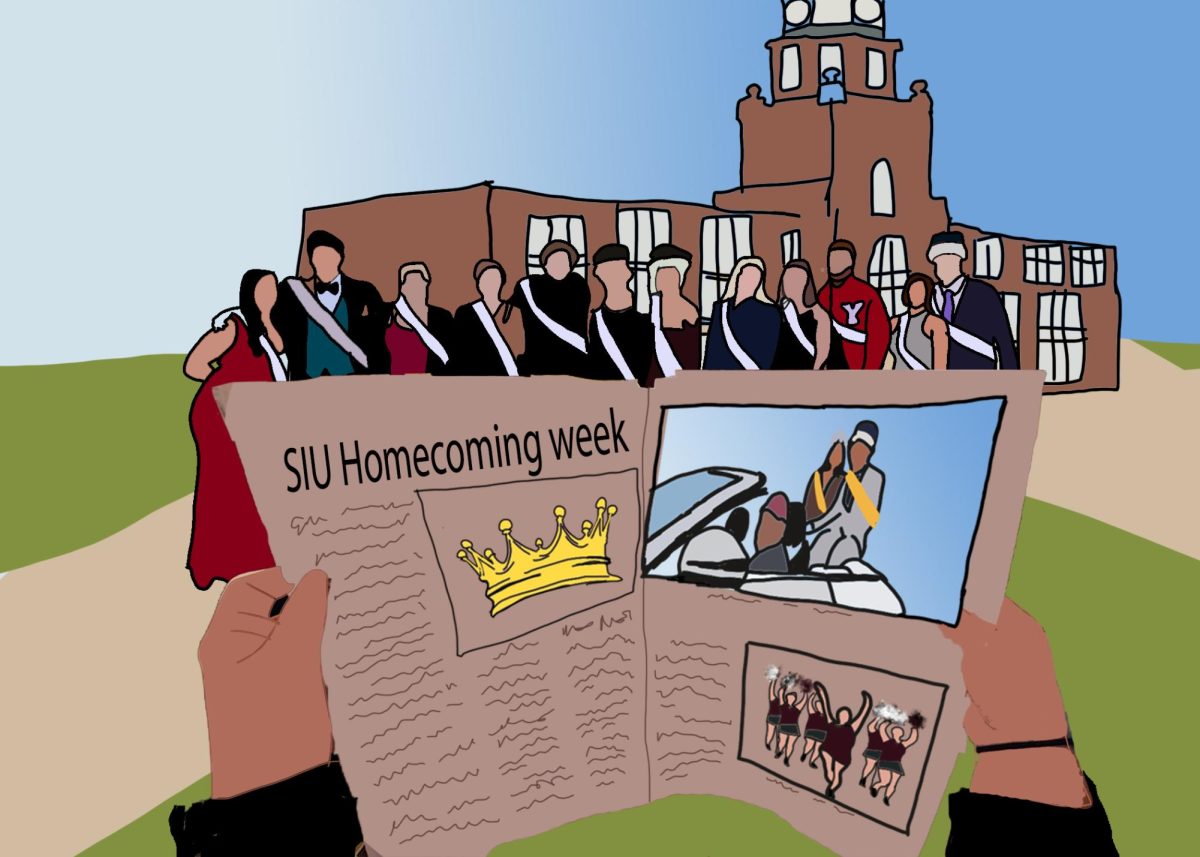Turtles are a fan-favorite attraction at SIU and can be spotted all over Campus Lake, swimming and basking in the sun. However, with the regular presence of people along the bank, these turtles are most commonly found on logs in the center of the lake, often lacking the necessary space needed.
Members of the Student Chapter of the Wildlife Society on campus want to change this by building turtle islands to eventually place in the lake.
Taylor McKenna, current president of the Wildlife Society, said, “The turtles that call Campus Lake home have a limited space to sun without being disturbed by humans. These ectotherms need to bask in the sun in order to stay alive by regulating their internal body temperature. Adding more square footage of safe space for the turtles to sun themselves will create less stress of constantly fleeing from the day-to-day human activity around the lake.”
Advertisement
The goal of this project is to build two turtle islands to put in different spots in the lake.
“The ideal timeline for this project would be deploying them in the spring when we have reached a string of nice weather…If we deploy them in the spring, they would stay out all summer until mid-fall, where they would be stored for winter storage,” McKenna said.
The turtles become more active after winter. They will be able to explore these new islands and establish new routines.
Natalie Hawkins, who was involved in the building process of the turtle islands, said, “Constructing man-made turtle islands for the turtles on campus lake is important because there are so many turtles that live there, and they seem to only have a couple logs to rest on.”
By using common materials to create these islands, students in the Wildlife Society will have the opportunity to see turtles who are content and safe more frequently.
“I was surprised by how simple the turtle islands were to make and how little supplies were needed or could be recycled from other projects. My favorite part about the building process was learning how to build something that would be helpful to the environment in our community,” Hawkins said.
Sarah Krieger, secretary of the Wildlife Society, said, “I was interested in learning what kinds of materials went into building a turtle island. It was actually really simple and required only a few materials, including a plastic tube [flexible plastic drain], water bottles and zip ties.”
Advertisement*
To build one of these islands, they stuff the drain with recycled water bottles, wrap it with mesh, put artificial turf on top of it, and secure it all with zip ties. The water bottles help it float in the water, and they are secured with a rope and a cinderblock to keep it in place.
Krieger said her favorite part of building the turtle island was putting the astroturf on top, which gave the island a more natural look. This step adds to the authenticity, making it more likely that the campus turtles will actually utilize the islands.
“There could be an opportunity to build more islands in the future if the first two are successful. Any student who enjoys the outdoors and appreciates wildlife is welcome. Our members have a chance to hear from professionals in the field, participate in volunteer research and learn applicable skills that could be applied to future employment,” McKenna said.
The Wildlife Society has been an active RSO on campus for the past 11 years. The club strives to provide members with professional development and hands-on opportunities to learn and apply for future endeavors in the wildlife field.
As president of the Wildlife Society, McKenna has seen both what it is like to be a member and what it takes to organize activities like their current project.
She said, “I like being involved because the club brings people with similar interests together to prepare us for our future jobs. I have had the chance to be a part of opportunities and networking connections that I can’t get in the classroom. On top of that, our activities help contribute to conservation efforts in our local community.”
The club also allows students who are new on campus to make connections, gain new skills and stay involved in campus activities while simultaneously helping wildlife in the community.
Hawkins said, “I am a freshman in the Wildlife Society, and I enjoy being involved in this organization because it allows me to meet new people on campus who have the same interests as me and get involved with my zoology major outside of the classroom.”
The Wildlife Society has also hosted events such as pumpkin carving, a drone workshop and a resume night throughout this past semester to engage students in campus life.
Krieger said, “I greatly enjoy being involved with this RSO because it is both educational and allows for hands-on experience, such as building turtle islands.”
Even for those not entering a wildlife-based career field, the club provides opportunities for students to explore their other interests and take part in community events.
Devin Tambling said, “I am just a general member of the organization, but I love being involved because the activities are so different from my normal day. I am a mechanical engineering major, so I enjoy learning about and helping animals in the area.”
The turtle island project is a great opportunity for members involved to help the animals right on campus. Being in the immediate area, it is important to realize the impact humans have on the environment and the animals who live there.
“Our goal as a club is to contribute to outreach about the natural world around us. By also building these islands, we hope to educate the public about turtles they might not have seen before due to them popping back underwater and the overall ecosystem contribution of turtles to the lake,” McKenna said.
For more information about upcoming meetings please contact [email protected].
Advertisement












